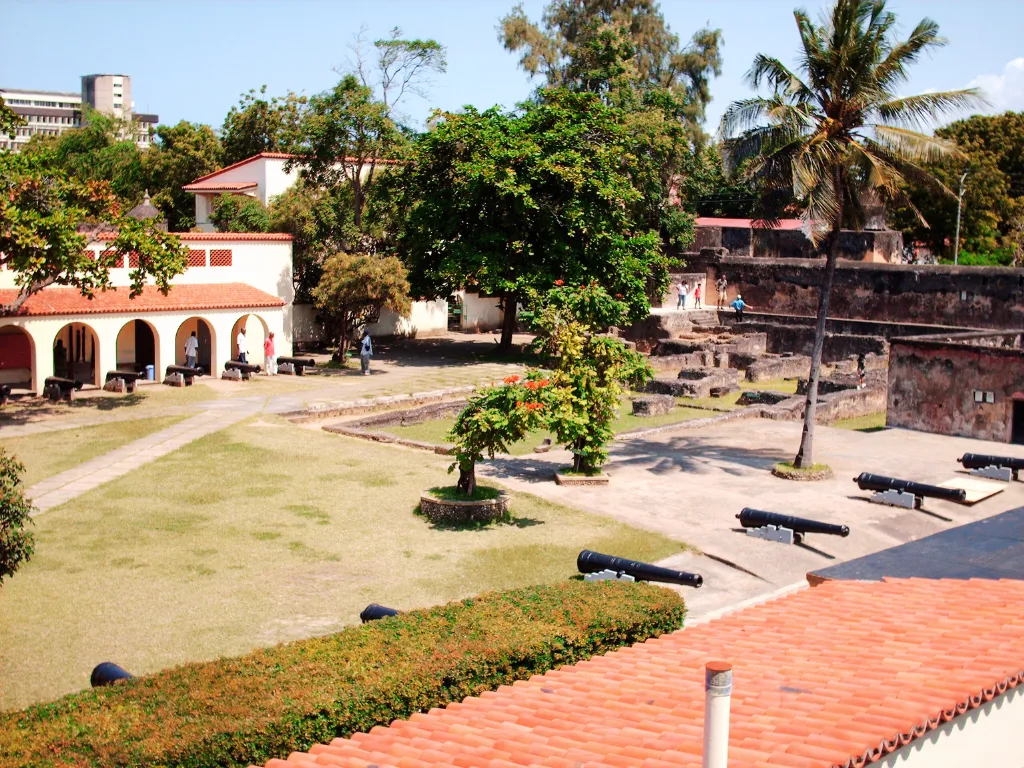
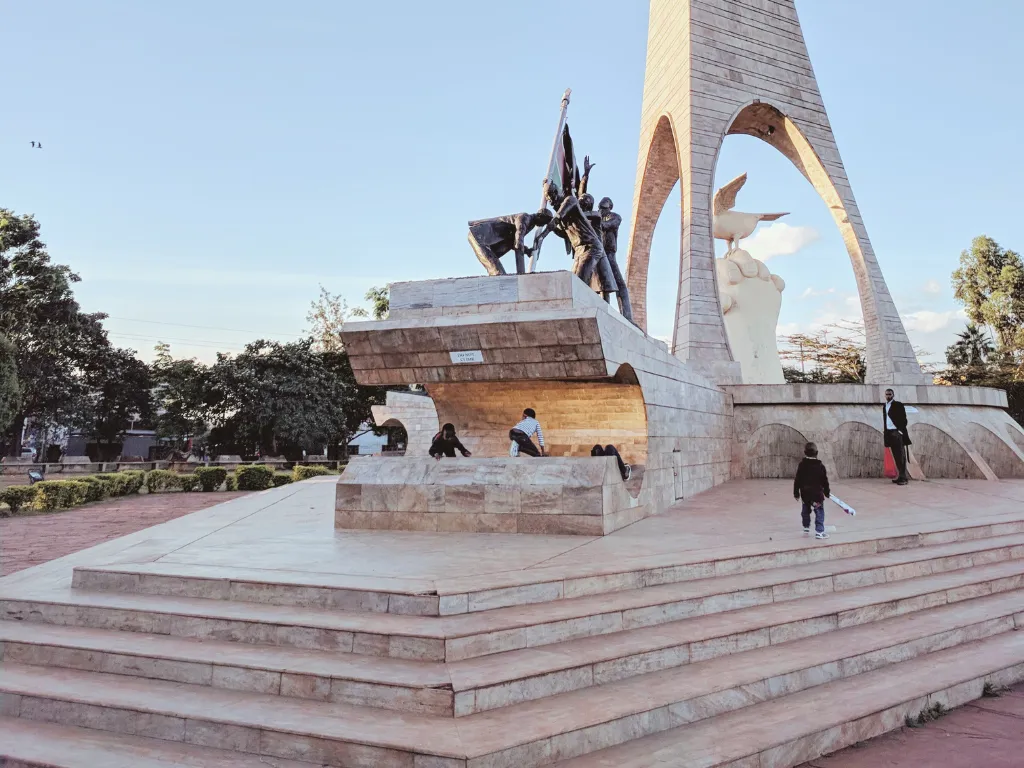
Why Visit? Revered as Kenya’s largest memorial park, Uhuru Gardens holds singular prominence in the nation’s chronicles: the very site where the Kenyan flag was first hoisted at midnight on December 12, 1963, marking the dawn of independence. Amid manicured lawns, commemorative monuments, and tranquil walkways, visitors can reflect upon Kenya’s hard-won sovereignty and the resilience of its people.
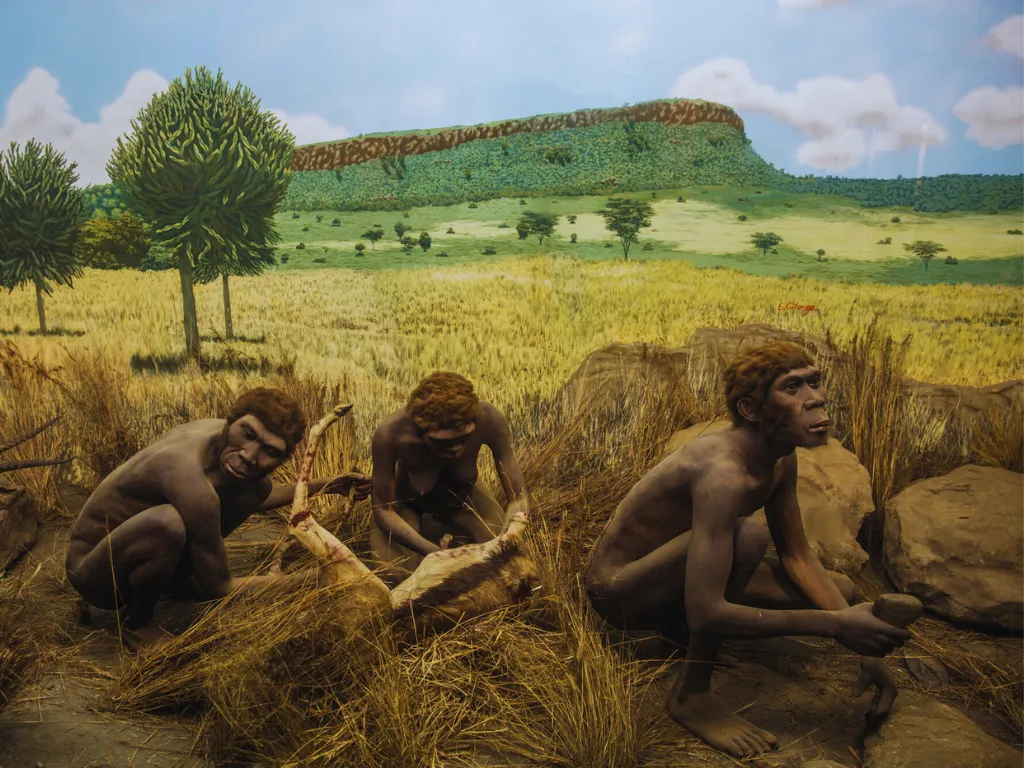
A towering structure depicting clasped hands raising the Kenyan flag, symbolizing unity and liberation.
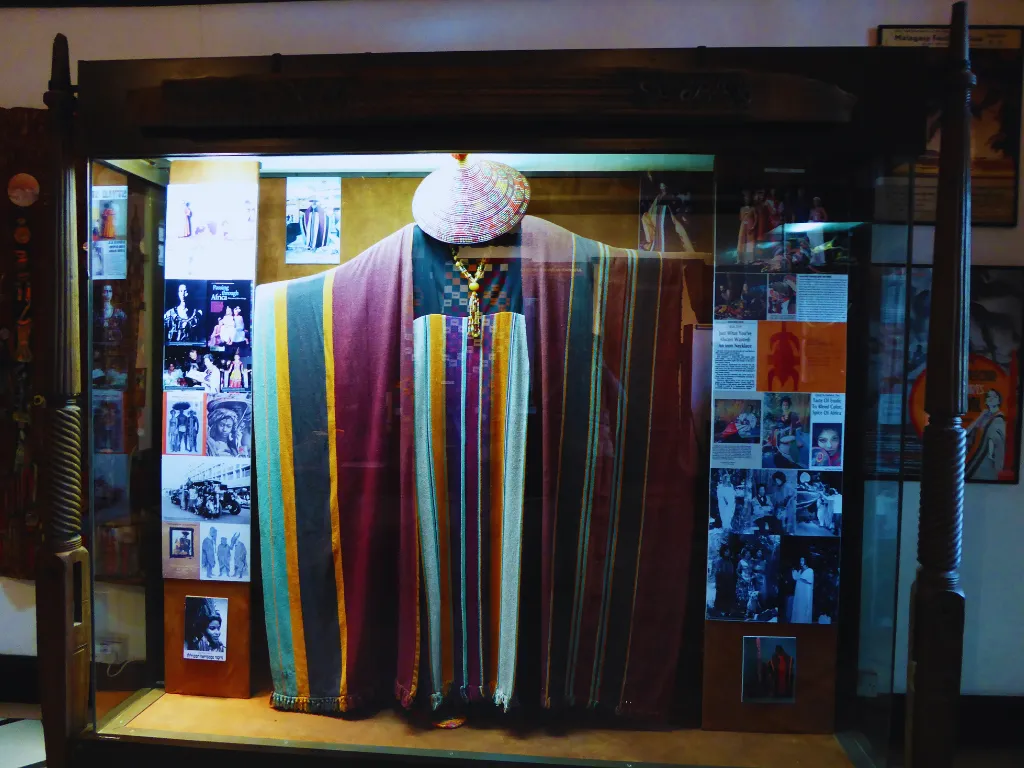
Engraved with names and events that shaped the independence struggle, from the Mau Mau movement to the Lancaster House conferences

Lush lawns, shady groves, and floral arrangements offering respite to families, scholars, and history enthusiasts alike.
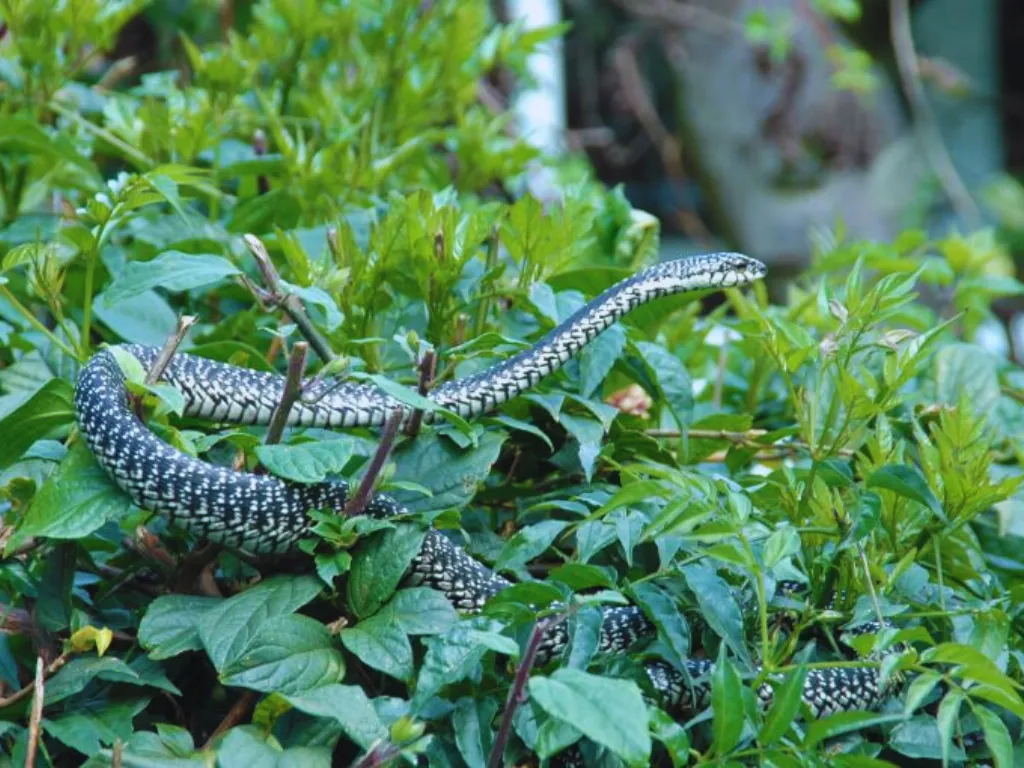
Various sculptures installed through the years, representing Kenya’s cultural mosaic and its journey toward nationhood.
In the waning hours of colonial rule, as gatherings of patriots convened to demand self-governance, Uhuru Gardens emerged as a symbolic assembly point. At the stroke of midnight, December 12, 1963, Kenya’s national flag ascended for the first time, heralding a new era and sealing the promise of independence. The site thus became hallowed ground—a place where the winds of change did blow away the vestiges of colonial authority.
Over subsequent years, various monuments and plaques were erected here to honor freedom fighters, commemorate pivotal moments, and inspire future generations with the spirit of Uhuru (which in Swahili means “freedom”).
Visiting Hours: Typically open from dawn to dusk (exact times vary by season).
Admission: Entrance to the gardens is often free, though events or special exhibitions may have nominal fees.
Location & Access: A brief drive from Nairobi’s city center, accessible by public matatus or taxis. Parking available onsite.
Guided Walks: Some local guides provide informal tours, sharing anecdotes from the independence era.
National Celebrations: Independence Day ceremonies (Jamhuri Day) and other state occasions regularly occur here, drawing large crowds.
Cultural Festivities: Community gatherings, art fairs, and open-air concerts find a fitting venue amidst the gardens.
Educational Tours: Schools often bring students here to instill pride and historical awareness.
Walkways & Benches: Ideal for leisurely strolls or quiet reflection.
Nearby Eateries & Vendors: Light refreshments, ice creams, and snacks sold along Lang’ata Road.
Children’s Play Areas: Sections of the gardens occasionally host playground structures for the young ones.
Timing & Weather: Nairobi’s climate is milder in the morning or late afternoon—perfect for exploring the lawns and monuments.
Cultural Respect: The gardens’ monuments hold deep national significance; kindly observe decorum and refrain from disruptive behavior.
Photo Opportunities: The monumental sculptures and Kenya’s first flag-raising spot are popular backdrops for snapshots.
Tread gently upon Uhuru Gardens’ verdant lawns, dear traveler, for here the dawn of Kenya’s freedom broke upon the horizon—an eternal testament to hope, sovereignty, and the undying quest for self-determination.
The National Museums of Kenya (NMK), established under the Museums and Heritage Act (2006), is a multi-disciplinary institution dedicated to collecting, preserving, researching, and presenting Kenya’s cultural and natural heritage.
The National Museums of Kenya (NMK), established under the Museums and Heritage Act (2006), is a multi-disciplinary institution dedicated to collecting, preserving, researching, and presenting Kenya’s cultural and natural heritage.
Sign up to our newsletter